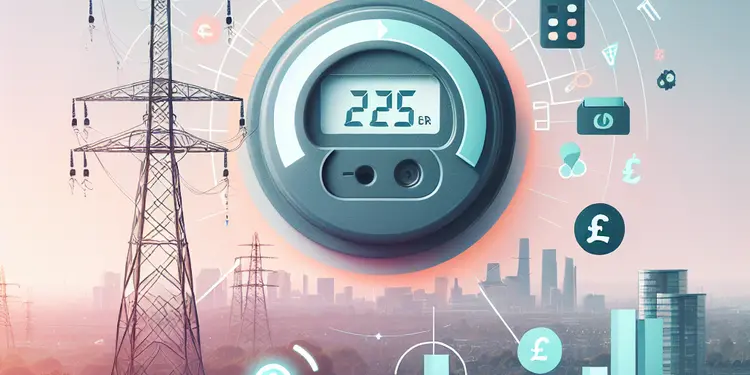
Find Help
More Items From Ergsy search
-
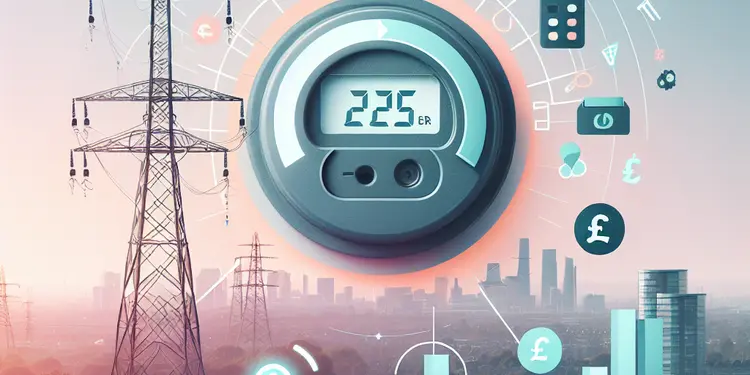
Is there a maximum price limit on electricity charges in the UK?
Relevance: 100%
-
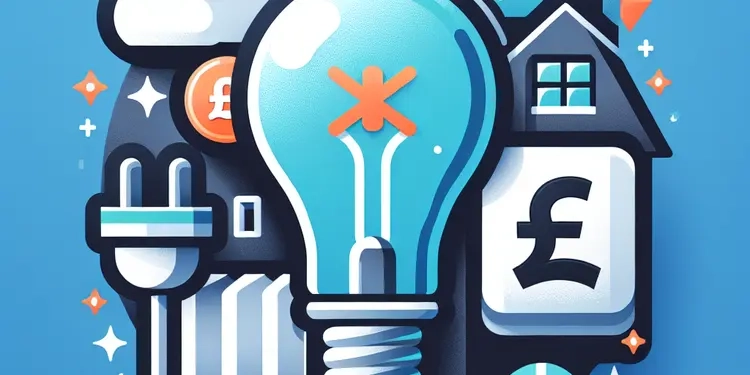
Do all UK energy companies charge the same for electricity?
Relevance: 74%
-

Can energy suppliers charge less than the price cap?
Relevance: 74%
-
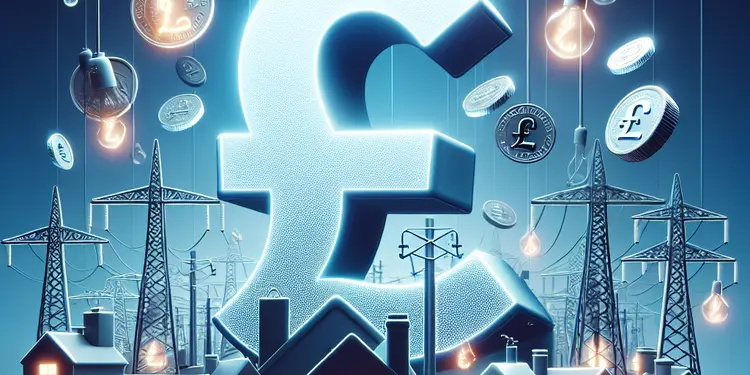
Why do energy companies charge different rates for their electricity?
Relevance: 68%
-

Can geographical location affect electricity prices in the UK?
Relevance: 68%
-
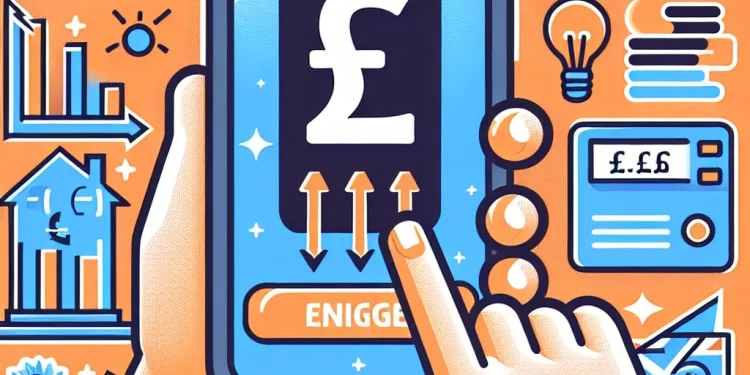
What happens if my energy supplier charges above the price cap?
Relevance: 66%
-
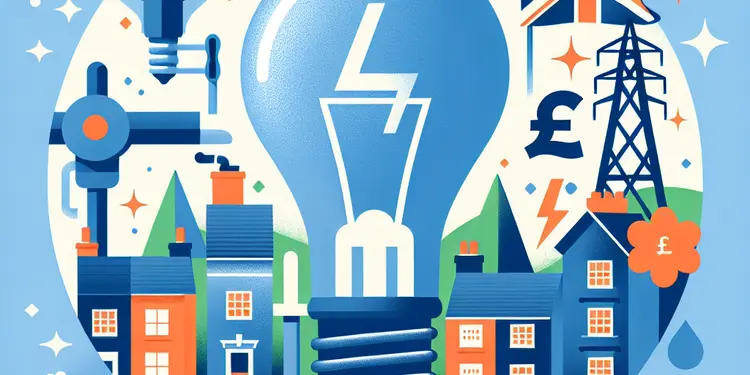
What factors influence the difference in electricity prices among UK energy companies?
Relevance: 61%
-
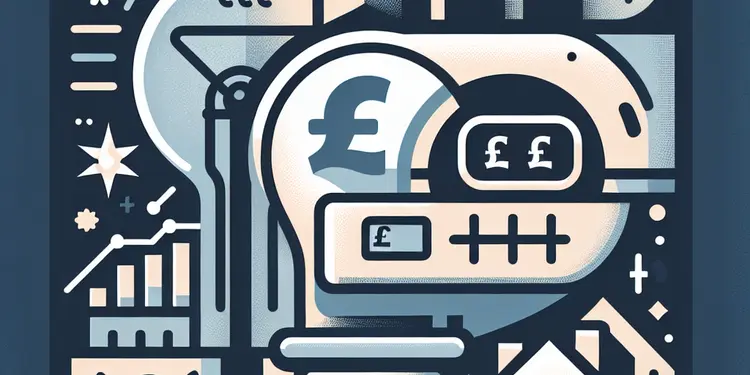
Are energy prices regulated in the UK?
Relevance: 60%
-
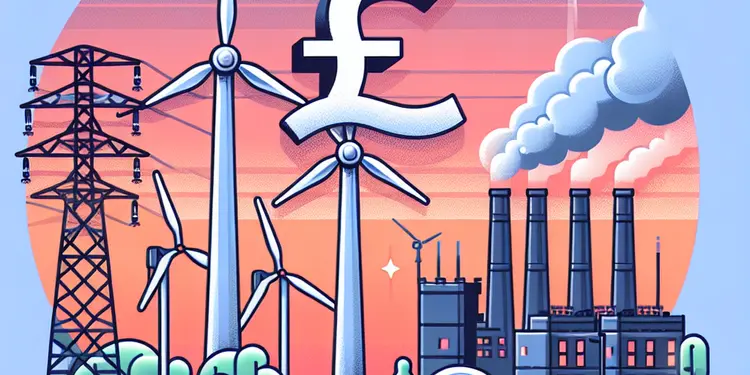
Do all UK energy companies cahrge the same for electricity
Relevance: 59%
-

What is the Energy Price Cap in the UK?
Relevance: 58%
-
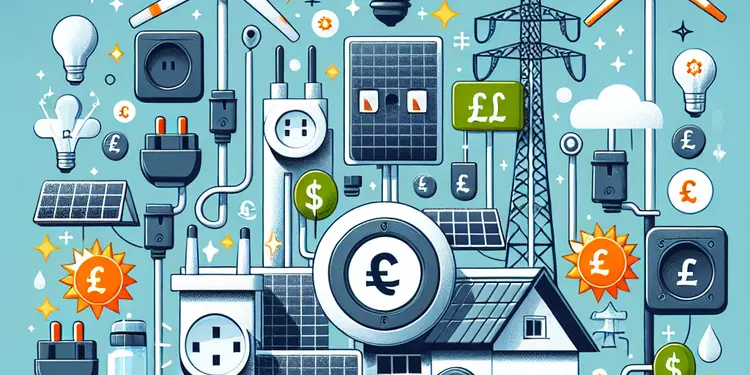
How often do energy companies review their electricity prices?
Relevance: 57%
-

Do energy suppliers offer discounts on electricity prices?
Relevance: 56%
-
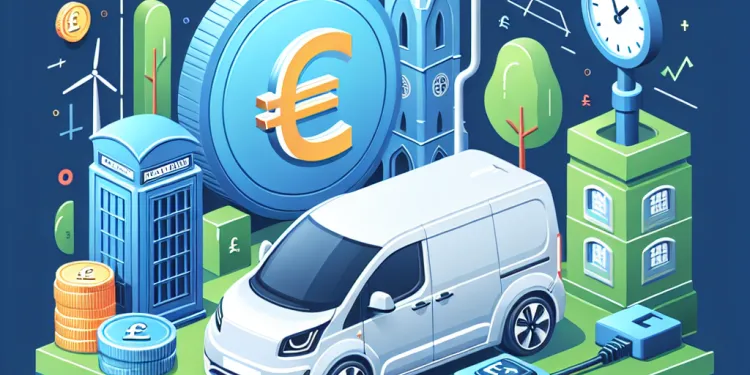
Is there a grant for electric vans?
Relevance: 53%
-
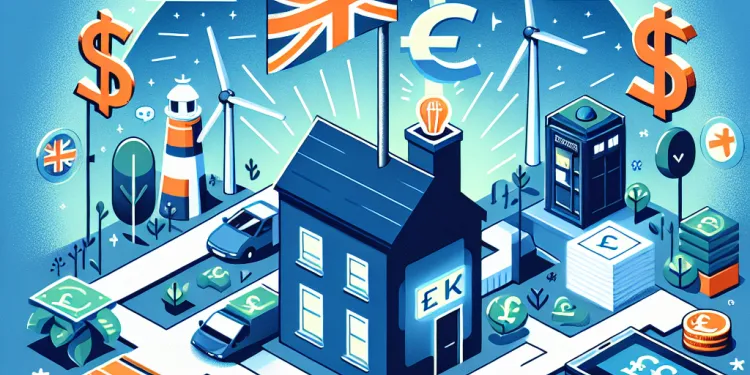
Can I still save money by switching suppliers if the price cap is in place?
Relevance: 52%
-

Is the energy price cap the same for everyone?
Relevance: 52%
-

How does the energy price cap affect my energy bills?
Relevance: 51%
-
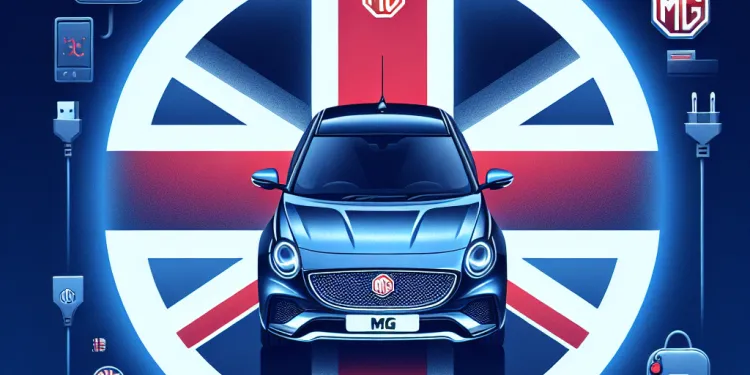
Does MG offer any electric vehicles in the UK?
Relevance: 51%
-
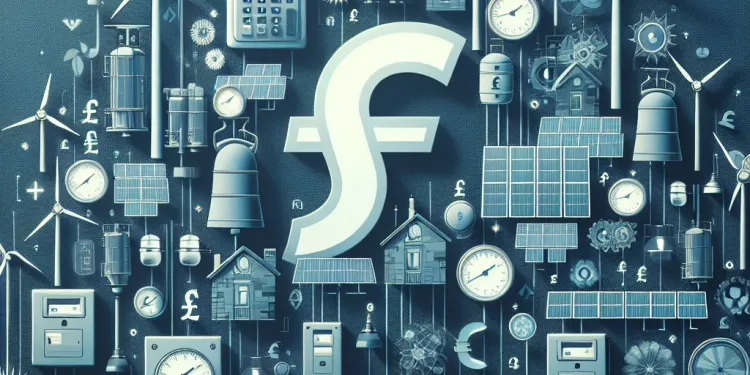
How is the energy price cap calculated?
Relevance: 51%
-

Does the energy price cap apply to prepayment meters?
Relevance: 50%
-
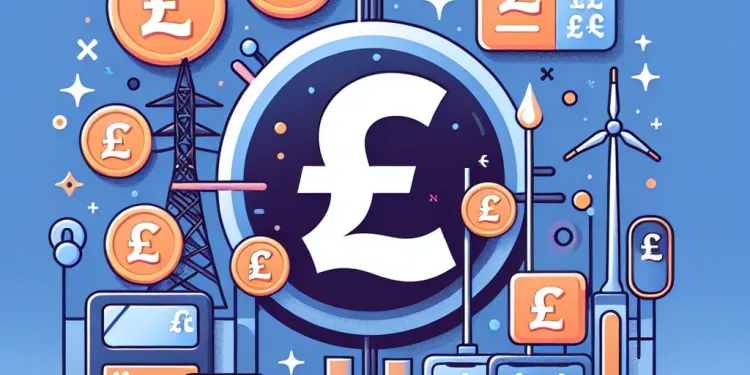
Why was the energy price cap introduced?
Relevance: 50%
-

What is the energy price cap?
Relevance: 50%
-

Does Kia sell electric cars in the UK?
Relevance: 49%
-

When was the energy price cap introduced?
Relevance: 49%
-
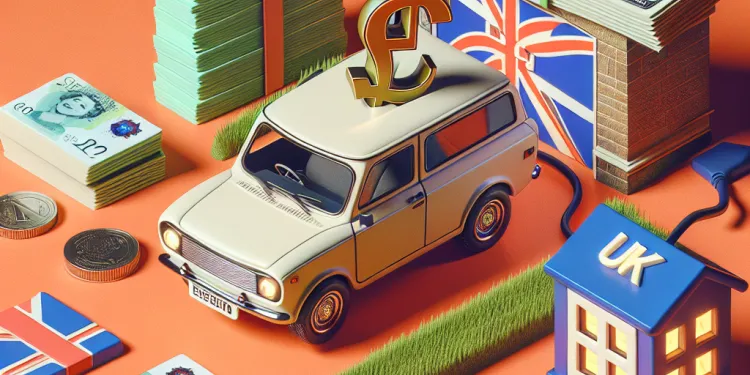
What should I consider when buying an electric car regarding grants?
Relevance: 49%
-

How can I ensure I'm getting the best electricity deal in the UK?
Relevance: 49%
-
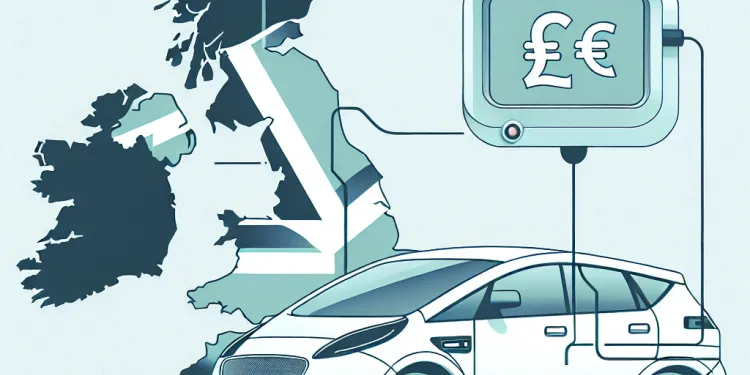
What grants are available in the UK for electric car purchase?
Relevance: 49%
-

Do electric motorcycles qualify for any grants?
Relevance: 48%
-

Getting the maximum mortgage in the UK
Relevance: 48%
-
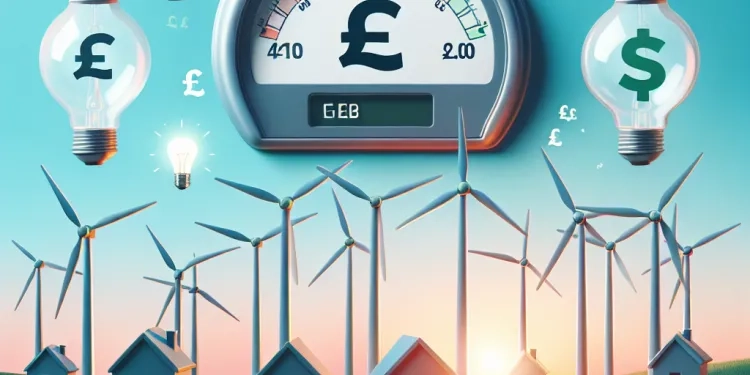
How often is the energy price cap reviewed?
Relevance: 48%
-
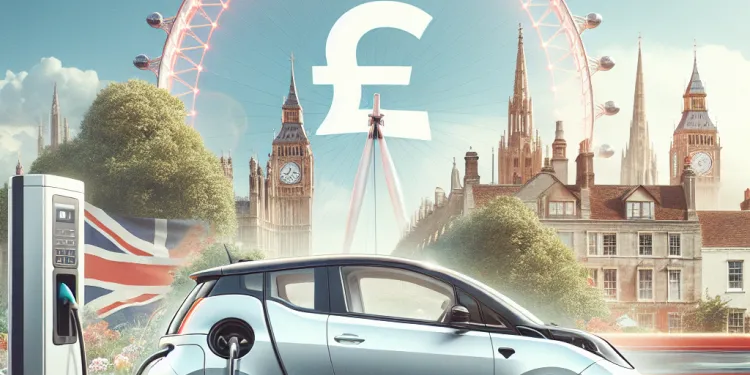
Can I buy a Nissan electric vehicle in the UK?
Relevance: 47%
-

Where can I find more information about the energy price cap?
Relevance: 47%
-
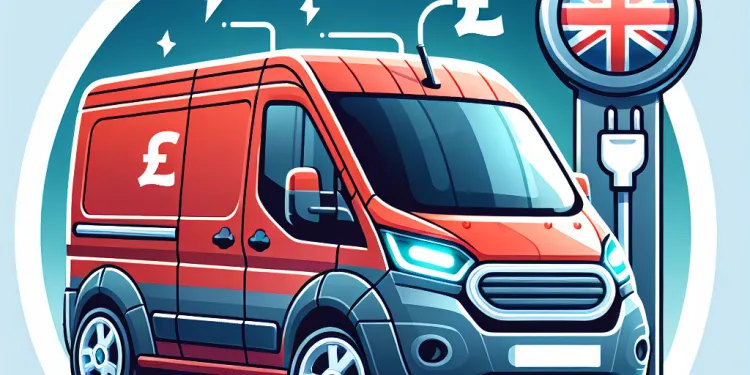
Are there electric vans available in the UK?
Relevance: 47%
-

Does the energy price cap guarantee my total bill?
Relevance: 47%
-
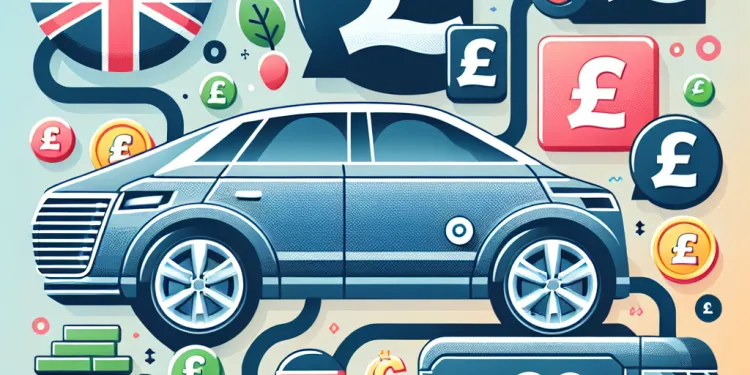
Are Audi electric vehicles available in the UK?
Relevance: 46%
-
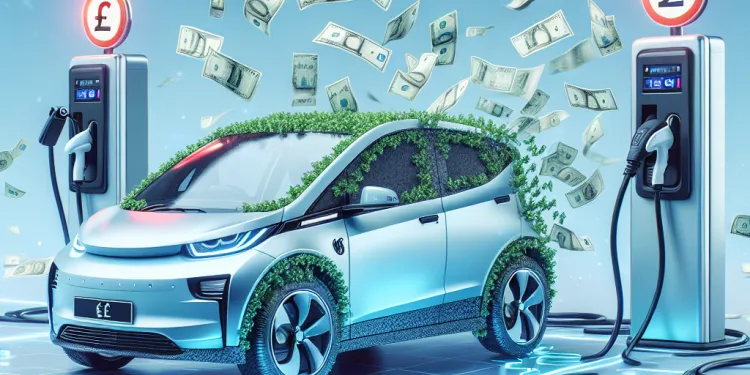
Are there any grants in the UK to help me buy an electric car?
Relevance: 46%
-

What factors influence changes to the energy price cap?
Relevance: 46%
-
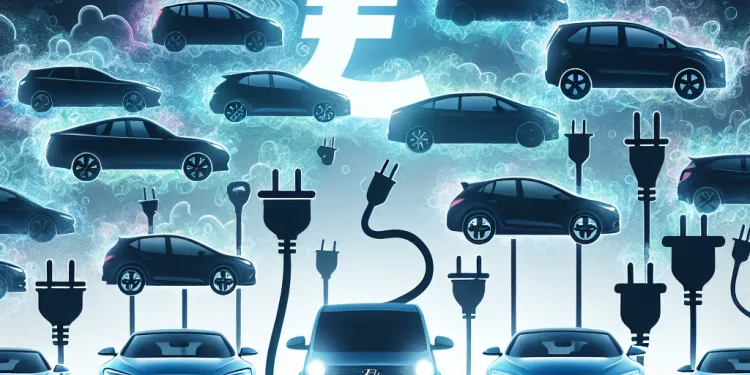
What electric cars does Hyundai offer in the UK?
Relevance: 46%
-
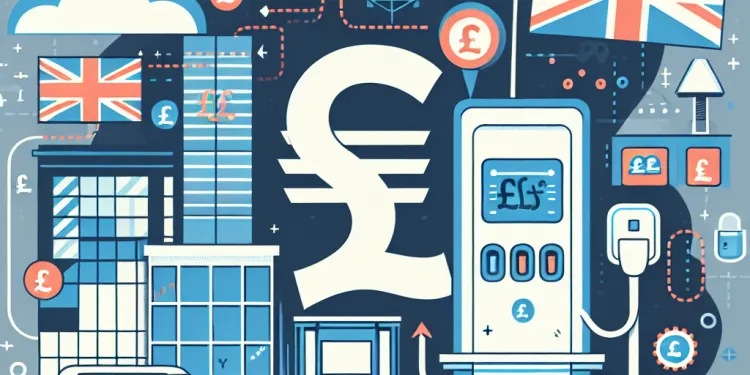
How much does the Workplace Charging Scheme cover?
Relevance: 46%
-

Can the energy price cap go down as well as up?
Relevance: 45%
-
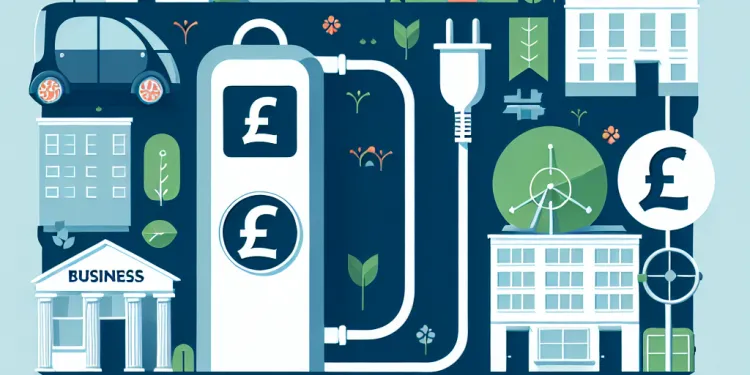
Are there grants for businesses to install charging points?
Relevance: 45%
Introduction to Electricity Price Limits in the UK
In the UK, the concept of a maximum price limit on electricity charges is governed by a policy known as the energy price cap. This is a limit set on the price that energy suppliers can charge consumers per unit of energy, ensuring that prices remain fair and reflective of actual market costs. The price cap is designed to protect consumers from unfair pricing practices and excessive charges, particularly during periods of market volatility.
Regulation by Ofgem
The Office of Gas and Electricity Markets (Ofgem) is the regulator responsible for setting the energy price cap in the UK. Ofgem reviews the price cap periodically, taking into account various factors, such as wholesale energy costs, network costs, and policy costs. This review process typically occurs twice a year, with the changes implemented in April and October. The aim is to adjust the cap according to fluctuations in market conditions, thus offering a protective mechanism for consumers.
How the Price Cap Works
The energy price cap does not set a maximum total bill. Instead, it sets a cap on the cost per unit of electricity and gas. Therefore, your actual bill depends on your consumption; the more energy you use, the higher your bill will be. The cap is measured based on a 'typical usage', and the limits can vary based on payment method and regional costs.
Impact on Consumers
The primary purpose of the energy price cap is consumer protection. It prevents suppliers from unreasonably raising prices beyond what is justified by the market. This is especially beneficial for those on standard variable tariffs or default tariffs, who might otherwise be vulnerable to significant price increases. However, the cap also means that consumers should still consider switching to potentially cheaper fixed-rate deals available in the market.
Recent Developments
In recent years, the energy market has experienced considerable turbulence due to global events, affecting wholesale prices. As a result, the energy price cap has undergone significant adjustments to reflect these changes. These adjustments signify the dynamic nature of the price cap, aiming to balance consumer protection with market realities.
Conclusion
While the energy price cap serves as a crucial safeguard for UK consumers, it is important to understand that it is not a permanent solution to high energy costs. Consumers are encouraged to remain informed about their energy usage and explore competitive deals that might offer better financial incentives. Staying proactive and informed can lead to better energy management and cost savings in the long run.
Introduction to Electricity Price Limits in the UK
In the UK, there is a rule about how much electricity can cost. This is called the energy price cap. It is a limit on how much energy companies can charge people for using energy. This helps keep prices fair and matches what energy really costs. The price cap helps stop companies from overcharging people, especially when prices change a lot in the market.
Regulation by Ofgem
Ofgem is the group that makes the rules about how much electricity and gas should cost in the UK. They check the price cap two times a year, looking at things like how much it costs to buy and deliver energy. The price can change in April and October. This helps protect people by making sure the cap fits with how the market is changing.
How the Price Cap Works
The energy price cap does not mean your total bill will not change. It limits how much each unit of electricity and gas can cost. Your bill will be bigger if you use more energy. The price cap is for typical usage and can change based on how you pay or where you live.
Impact on Consumers
The main goal of the energy price cap is to protect people. It stops energy companies from making prices too high without a good reason. This is good for people on standard or default tariffs who might pay more otherwise. But, people should still look for other deals that might be cheaper and save them money.
Recent Developments
Lately, the energy market has had a lot of changes because of things happening in the world. This has changed how much energy costs. Because of this, the price cap has changed a lot too. This shows the price cap can change to keep helping people while also matching what's going on in the market.
Conclusion
The energy price cap helps keep costs fair for people in the UK. But it is not a perfect solution for high energy prices. People should learn about how much energy they use and look for better deals that can save money. Knowing more can help people manage their energy use and save money over time.
Frequently Asked Questions
Useful Links
- Ergsy carfully checks the information in the videos we provide here.
- Videos shown by Youtube after a video has completed, have NOT been reviewed by ERGSY.
- To view, click the arrow in centre of video.
- Most of the videos you find here will have subtitles and/or closed captions available.
- You may need to turn these on, and choose your preferred language.
- Go to the video you'd like to watch.
- If closed captions (CC) are available, settings will be visible on the bottom right of the video player.
- To turn on Captions, click settings .
- To turn off Captions, click settings again.
More Items From Ergsy search
-

Is there a maximum price limit on electricity charges in the UK?
Relevance: 100%
-

Do all UK energy companies charge the same for electricity?
Relevance: 74%
-

Can energy suppliers charge less than the price cap?
Relevance: 74%
-

Why do energy companies charge different rates for their electricity?
Relevance: 68%
-

Can geographical location affect electricity prices in the UK?
Relevance: 68%
-

What happens if my energy supplier charges above the price cap?
Relevance: 66%
-

What factors influence the difference in electricity prices among UK energy companies?
Relevance: 61%
-

Are energy prices regulated in the UK?
Relevance: 60%
-

Do all UK energy companies cahrge the same for electricity
Relevance: 59%
-

What is the Energy Price Cap in the UK?
Relevance: 58%
-

How often do energy companies review their electricity prices?
Relevance: 57%
-

Do energy suppliers offer discounts on electricity prices?
Relevance: 56%
-

Is there a grant for electric vans?
Relevance: 53%
-

Can I still save money by switching suppliers if the price cap is in place?
Relevance: 52%
-

Is the energy price cap the same for everyone?
Relevance: 52%
-

How does the energy price cap affect my energy bills?
Relevance: 51%
-

Does MG offer any electric vehicles in the UK?
Relevance: 51%
-

How is the energy price cap calculated?
Relevance: 51%
-

Does the energy price cap apply to prepayment meters?
Relevance: 50%
-

Why was the energy price cap introduced?
Relevance: 50%
-

What is the energy price cap?
Relevance: 50%
-

Does Kia sell electric cars in the UK?
Relevance: 49%
-

When was the energy price cap introduced?
Relevance: 49%
-

What should I consider when buying an electric car regarding grants?
Relevance: 49%
-

How can I ensure I'm getting the best electricity deal in the UK?
Relevance: 49%
-

What grants are available in the UK for electric car purchase?
Relevance: 49%
-

Do electric motorcycles qualify for any grants?
Relevance: 48%
-

Getting the maximum mortgage in the UK
Relevance: 48%
-

How often is the energy price cap reviewed?
Relevance: 48%
-

Can I buy a Nissan electric vehicle in the UK?
Relevance: 47%
-

Where can I find more information about the energy price cap?
Relevance: 47%
-

Are there electric vans available in the UK?
Relevance: 47%
-

Does the energy price cap guarantee my total bill?
Relevance: 47%
-

Are Audi electric vehicles available in the UK?
Relevance: 46%
-

Are there any grants in the UK to help me buy an electric car?
Relevance: 46%
-

What factors influence changes to the energy price cap?
Relevance: 46%
-

What electric cars does Hyundai offer in the UK?
Relevance: 46%
-

How much does the Workplace Charging Scheme cover?
Relevance: 46%
-

Can the energy price cap go down as well as up?
Relevance: 45%
-

Are there grants for businesses to install charging points?
Relevance: 45%


